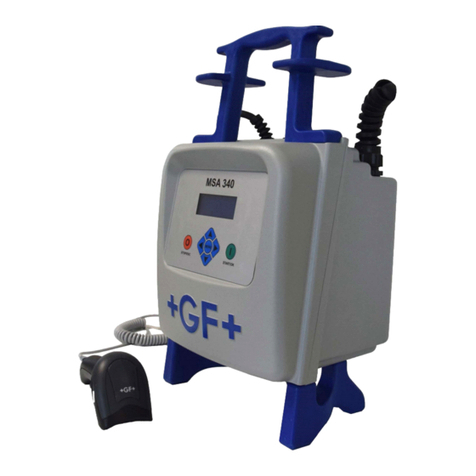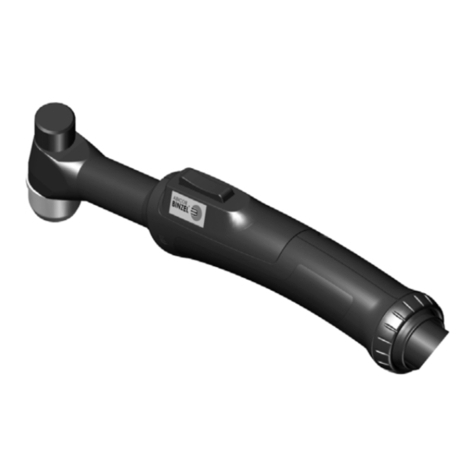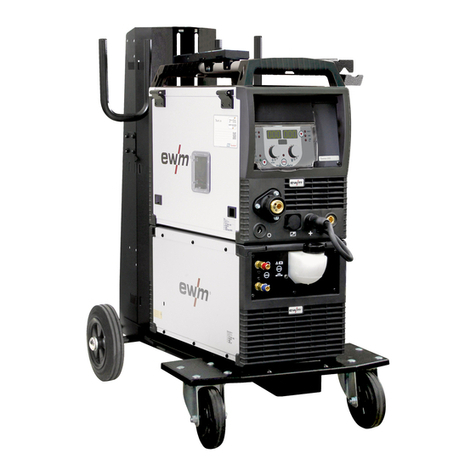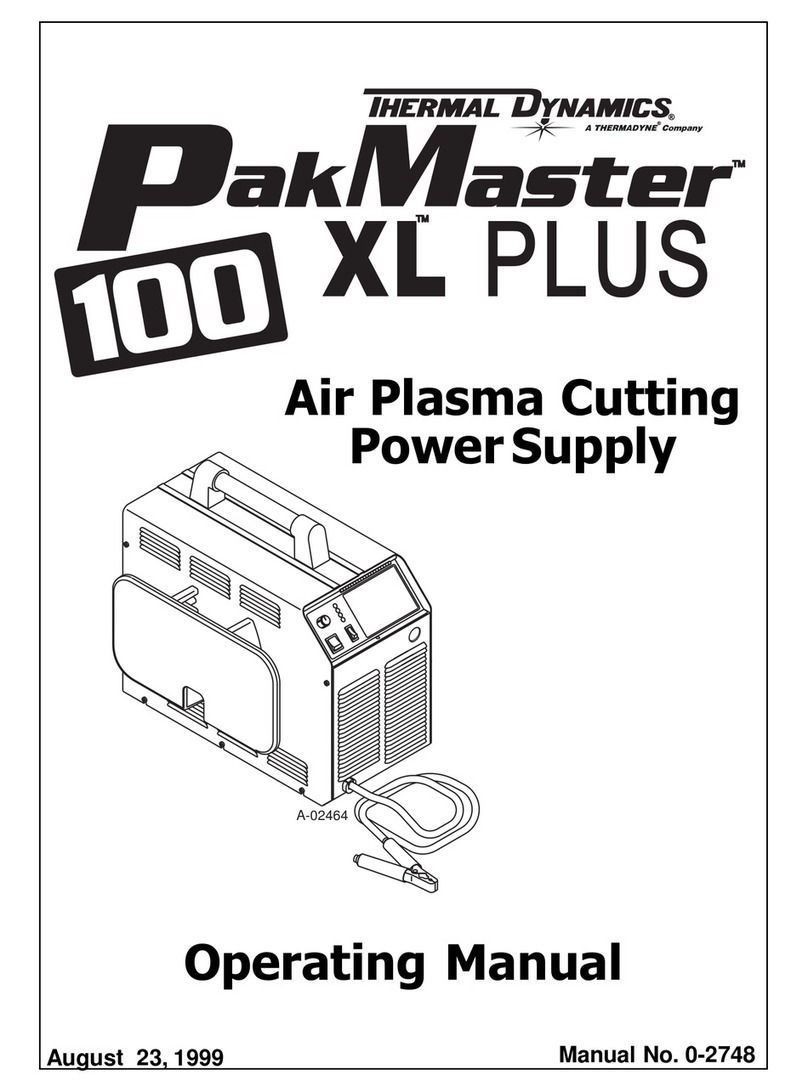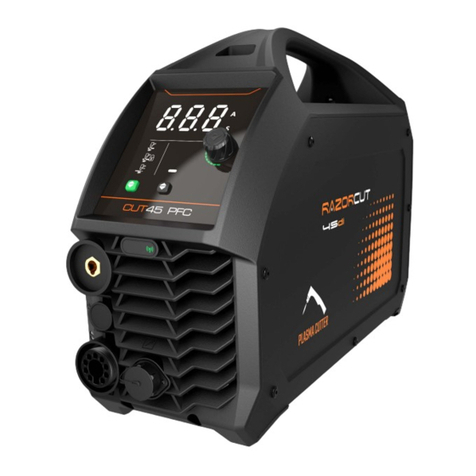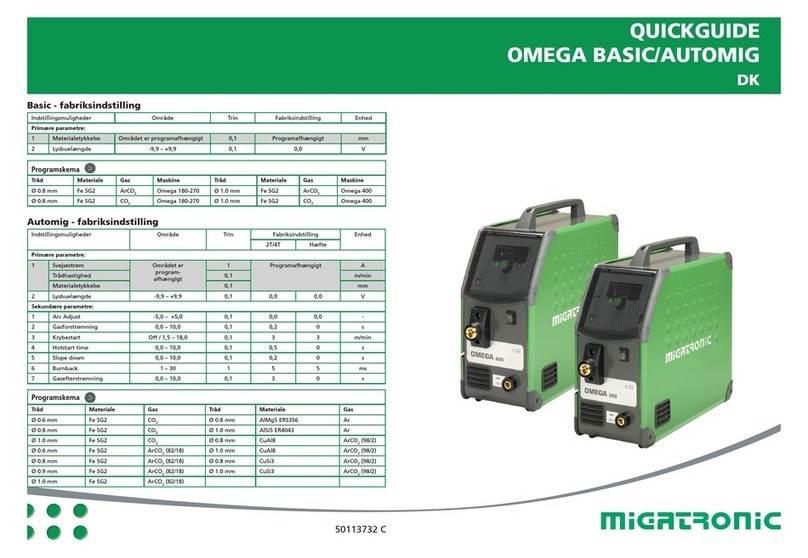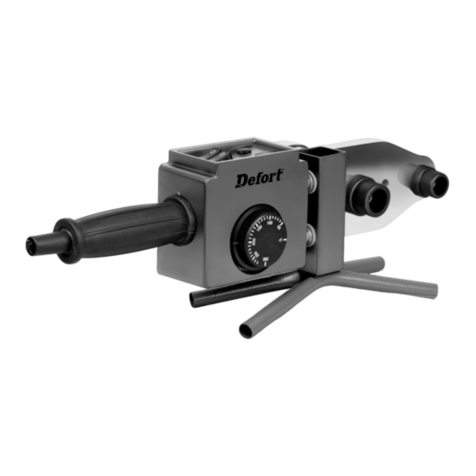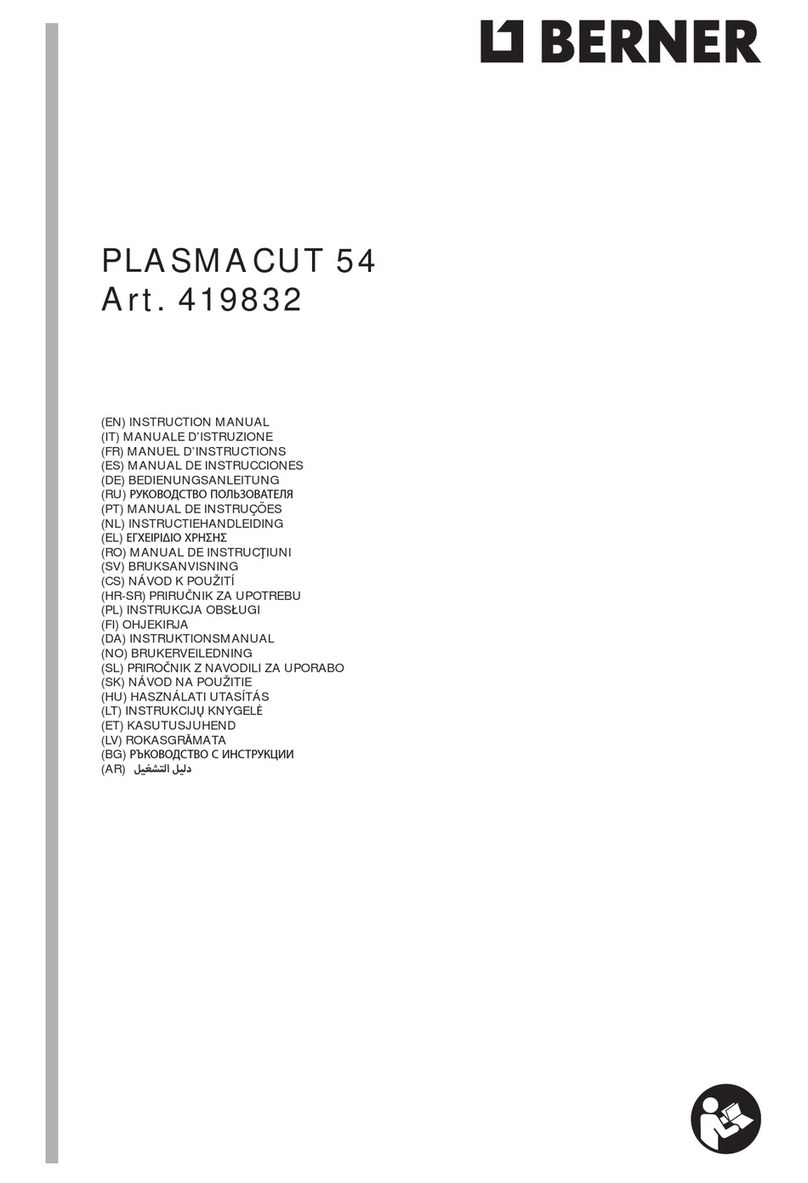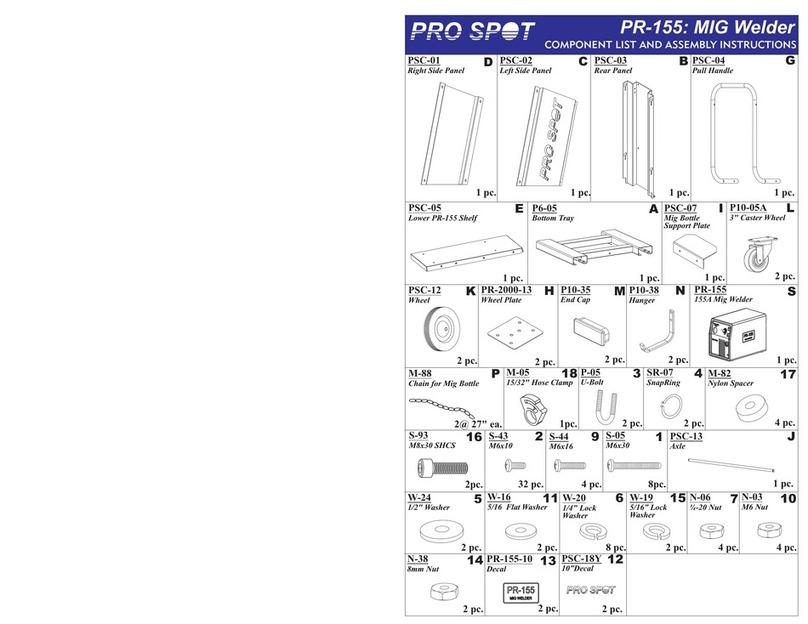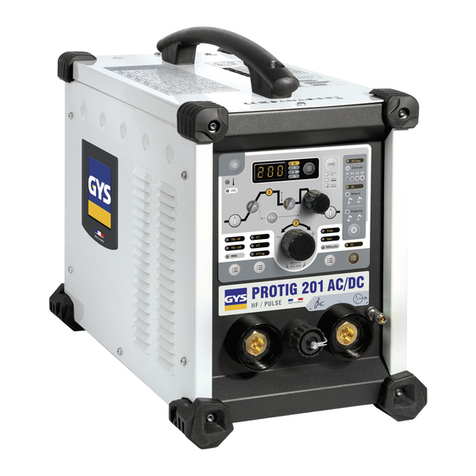MedWeld 5000 Technical Reference Manual Modified: 1/31/06
Chapter 1 MedWeld 5000 Overview .............................. 1-1
System Description ........................................................................ 1-1
Welding with the MFDC Inverter .................................................. 1-1
Timer Unit ...................................................................................... 1-3
DeviceNet Integration .................................................................... 1-4
Timer Interface to the Inverter ....................................................... 1-4
Timer Unit Output ................................................................................ 1-4
Timer Unit Input ................................................................................... 1-4
Component Descriptions ................................................................ 1-5
Circuit Breaker ............................................................................... 1-5
Isolation Contactor ......................................................................... 1-5
Charging Pack ................................................................................ 1-5
Control Transformer ...................................................................... 1-6
MFDC Inverter .............................................................................. 1-6
Timer Unit ...................................................................................... 1-6
Chapter 2 Installing the MedWeld 5000 ........................ 2-1
Getting Started .................................................................... 2-1
Making the Required Connections ................................................ 2-1
DeviceNet Integration .................................................................... 2-2
Providing MedLAN Connections .................................................. 2-3
MedLAN and DEP-100S Connections .......................................... 2-3
MedLAN Wiring Specifications ........................................................... 2-3
Cable Requirements .............................................................................. 2-3
Cable Routing Requirements ......................................................... 2-4
Setting the timer MedLAN Address .............................................. 2-4
Programming the Timer Unit ......................................................... 2-5
Flexible I/O List ............................................................................. 2-7
Flexible Inputs ...................................................................................... 2-7
DEP-100S Programming Device ................................................... 2-9
Chapter 3 Communications and I/O .............................. 3-1
Local and Safety I/O ........................................................... 3-1
Local Inputs ................................................................................... 3-1
Local Outputs ................................................................................. 3-2
Organization of the DeviceNet I/O ................................................ 3-3
I/O Definitions .................................................................... 3-3
Inputs ............................................................................................. 3-3
Outputs ........................................................................................... 3-8
DeviceNet Bitmap ..............................................................3-11
DEP-100S Abbreviations .................................................. 3-13
Input Abbreviations ..................................................................... 3-13
Output Abbreviations ................................................................... 3-14

